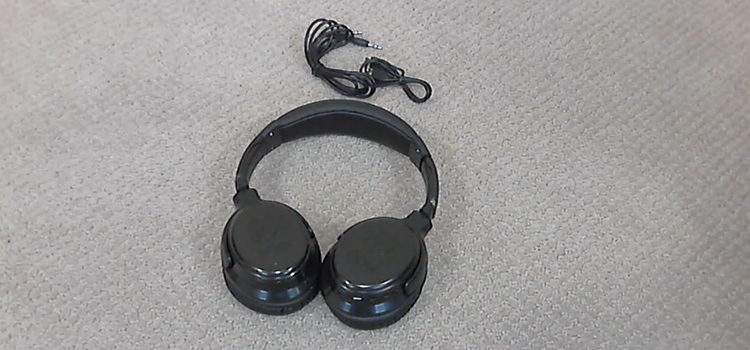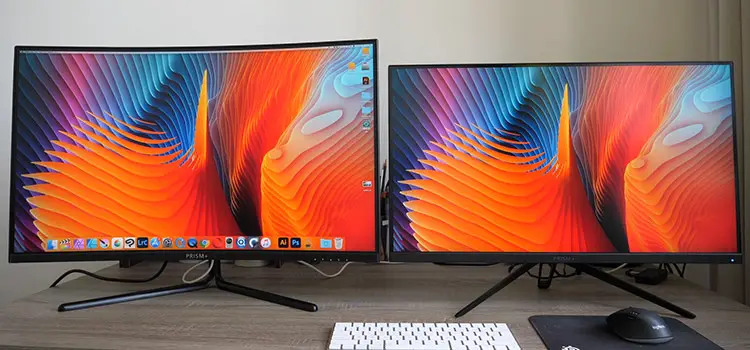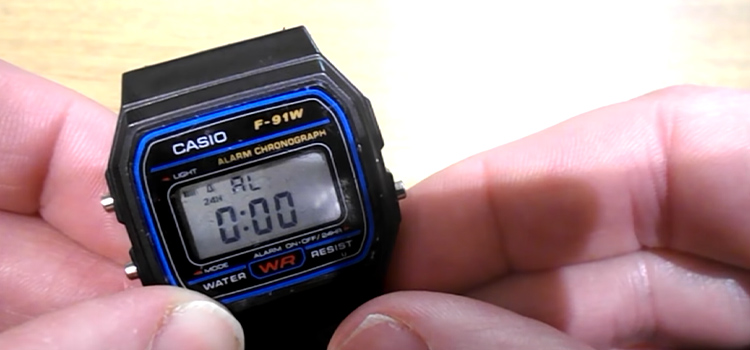Is It Better To Run Coaxial Or Ethernet? | ultimate explanation
Regarding networking and connectivity, two commonly used methods are coaxial and Ethernet. Both have their advantages and are suitable for different scenarios. Over shorter distances, coax cables perform better than Ethernet in terms of speed and data throughput since they are simple to install, affordable, and quick to use. For cable TV and online video applications, coax works best. At the same time, Ethernet is ideal for wider networks and longer distances. In this article, we will explore the differences between coaxial and Ethernet, and their capabilities, and discuss which one might be better suited for specific applications.

What is a Coaxial Cable?
A coaxial cable, commonly referred to as coax cable, is a type of electrical cable used for transmitting high-frequency signals. It consists of a central conductor, typically made of copper or aluminum, which is surrounded by insulation, a metallic shield, and an outer protective jacket. The design of coaxial cable allows for efficient transmission of signals while minimizing interference and signal loss. The central conductor carries the electrical signal, while the metallic shield serves as a grounding conductor and provides protection against external electromagnetic interference. Coaxial cables are commonly used in applications such as cable television (CATV), broadband internet connections, CCTV systems, and antenna installations. Their construction and characteristics make them suitable for carrying high-bandwidth signals over long distances with minimal signal degradation.

What Is an Ethernet Cable?
An Ethernet cable is a type of networking cable used for connecting devices in a local area network (LAN). It is designed to transmit data signals between devices such as computers, routers, switches, and modems. Ethernet cables typically use twisted pair wires, with variations such as Cat5e, Cat6, or Cat7 cables being commonly used. These cables consist of four pairs of twisted wires enclosed in an outer jacket. Each pair of wires is dedicated to transmitting and receiving data signals, allowing for bidirectional communication. Ethernet cables use a standardized protocol called Ethernet to establish a reliable and efficient connection between devices. They provide faster data transfer speeds compared to wireless connections and are commonly used for internet connectivity, local file sharing, online gaming, and other network-based activities. Ethernet cables are widely used in homes, offices, data centers, and various other settings where reliable and high-speed networking is required.

What’s the Difference between Coaxial vs Ethernet Cable?
Coaxial and Ethernet cables are two different types of cables used for different purposes in networking and telecommunications. Here are the key differences between coaxial and Ethernet cables:
- Cable Construction: Coaxial cables consist of a central conductor, an insulating layer, a metallic shield, and an outer insulating jacket. Ethernet cables, on the other hand, typically consist of four pairs of twisted wires enclosed in an outer jacket.
- Signal Transmission: Coaxial cables are designed for transmitting radio frequency (RF) signals, making them suitable for applications such as cable TV, satellite TV, and broadband internet. Ethernet cables, specifically Cat5e, Cat6, or Cat7 cables, are designed for transmitting data signals in local area networks (LANs) and are commonly used for internet connectivity, file sharing, and other network-based activities.
- Data Transfer Speed: Ethernet cables provide faster data transfer speeds compared to coaxial cables. The maximum data transfer speed of an Ethernet cable depends on its category (e.g., Cat5e, Cat6, Cat7), with higher categories offering higher speeds. Coaxial cables, on the other hand, have limited bandwidth and are not suitable for high-speed data transmission.
- Distance Limitations: Ethernet cables have distance limitations depending on the category and quality of the cable. Typically, Ethernet cables can support data transmission up to 100 meters without any significant signal loss. Coaxial cables, on the other hand, can transmit signals over longer distances, making them suitable for applications that require long cable runs.
- Applications: Coaxial cables are commonly used for cable TV connections, satellite TV connections, and broadband internet connections. Ethernet cables are widely used for local area networks (LANs), internet connectivity, file sharing, online gaming, and other network-based activities.
Is Coaxial Better than Ethernet?
Determining whether coaxial is better than Ethernet depends on the specific requirements and use case. Ethernet cables generally offer faster data transfer speeds, higher bandwidth, and greater flexibility, making them a preferred choice for LANs, internet connectivity, and network-based applications. Coaxial cables, on the other hand, excel in longer cable runs and are commonly used for cable TV, satellite TV, and broadband internet connections. The choice between coaxial and Ethernet depends on factors such as speed needs, distance limitations, application compatibility, and cost considerations. Overall, Ethernet is often favored for its superior speed, bandwidth, and versatility, while coaxial cables are suitable for specific applications that require long cable runs and compatibility with TV and broadband services.
Frequently Asked Questions and Answers (FAQs)
Do I Need Coax if I Have Ethernet?
If you have Ethernet connectivity, you generally do not need coaxial cables for the same purpose. Ethernet cables provide reliable and faster data transmission, making them suitable for most networking needs. However, coaxial cables may still be necessary for specific applications such as cable TV or satellite TV connections.
What Are the 3 Disadvantages of Coaxial Cables?
While coaxial cables have their advantages, they also come with a few disadvantages:
- Limited Bandwidth: Coaxial cables have limited bandwidth compared to newer technologies like fiber optics.
- Signal Loss: Coaxial cables can experience signal loss over longer distances.
- Bulky and Less Flexible: Coaxial cables are relatively bulky and less flexible compared to other cable types like Ethernet cables.
Is Coax Better than Cat 6?
Coaxial cables and Cat 6 Ethernet cables serve different purposes and have their advantages. Coaxial cables are commonly used for transmitting television signals, while Cat 6 Ethernet cables are designed for high-speed data networking. In terms of data transmission capabilities, Cat 6 Ethernet cables generally provide higher bandwidth and faster speeds, making them better suited for modern networking requirements.
Conclusion
Both coaxial and Ethernet cables have their advantages and specific use cases. Ethernet cables provide faster speeds, better signal quality, and more versatility, making them a preferred choice for most networking applications. However, coaxial cables still have their place in cable TV connections and specific broadband services. Consider your specific needs and requirements to determine which option is better suited for your setup.
Subscribe to our newsletter
& plug into
the world of technology





